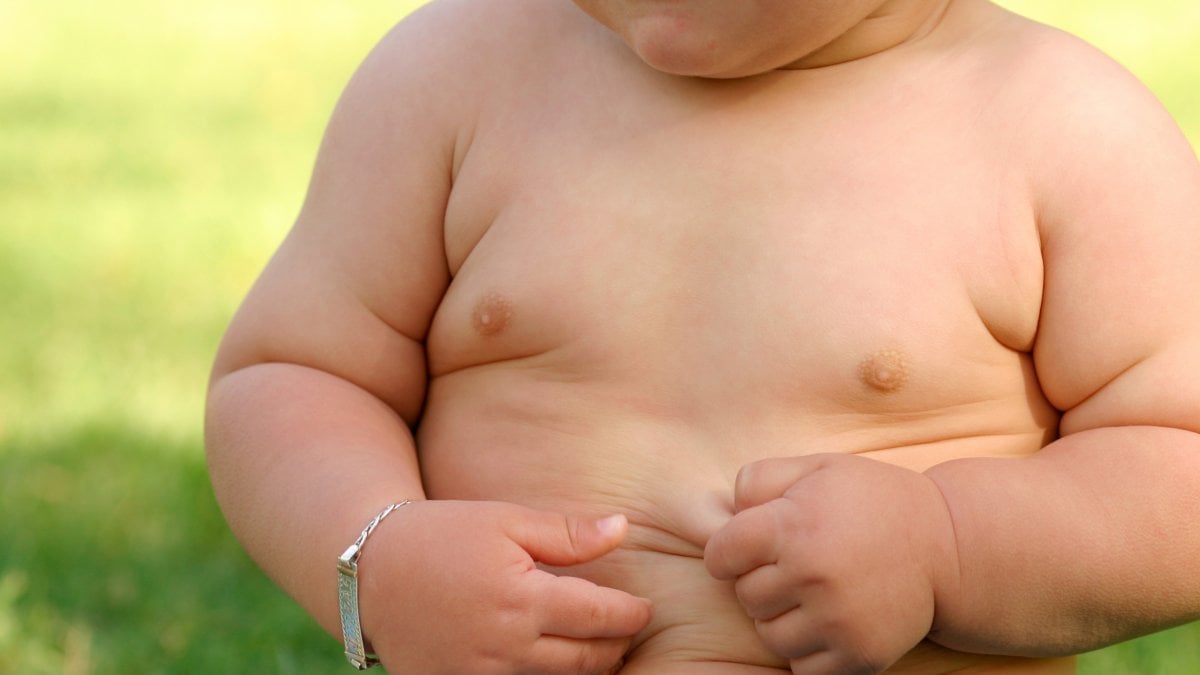Italy is witnessing a huge widespread of childhood obesity.
According to research by the Istituto Superiore di Sanità, the percentage of overweight boys and girls exceeds 20%.
The percentage of obese children is also high (about 10%), while the seriously obese exceed 2%.
Difference between overweight and obese
There’s an initial distinction to be made between overweight and obese, and it depends on how serious the problem is.
For adults, the distinction is made according to the so-called “body mass index”.
This index (also called BMI) tells the weight to height ratio and is calculated by dividing weight in kilograms by the square of height in meters.
If the BMI exceeds 25, it’s possible that the patient is overweight; if it exceeds 30, they could be obese.
However, for the children, reference is made to the centile curve used by paediatricians.
They can be overweight if they exceed the 85th centile, or obese if they exceed the 97th.
What causes childhood obesity
Research has linked childhood obesity with several factors that can contribute to it. They are: lack of adequate physical activity, sedentary lifestyle represented by an excessive use of TV and devices, and an insufficient number of hours of sleep.
Unhealthy eating habits also contribute to childhood obesity, due to the timing and distribution of meals, as well as the consumption of certain food.
In addition to these elements, the child’s family also must be taken into consideration. If the child’s parents are both obese, the chances that he or she might have the same problem are very high.
However, there are other causes which, although in a smaller percentage, may lead to childhood obesity, especially some genetic syndromes. Hormonal dysfunctions too, which however very rarely occur to children. Even some pharmacological treatments such as those based on cortisone, if administered for long periods of time, can lead to obesity.
The risks of diabetes
Recent studies on childhood obesity showed a link with the increase of type 2 diabetes for this age group.
Until a few years ago, very few people who were 18 years old or younger got affected by this disease.
According to experts, childhood and teenage obesity can increase the risk of alterations in glucose metabolism, and therefore the chance of getting type 2 diabetes in the following years.
Eating habits
A proper nutrition education is an important tool for the prevention and treatment of childhood and pediatric obesity.
We’re not talking about a real diet protocol, but rather about some eating advice for eliminating the risk of obesity.
It’s important to start with five meals a day, with an adequate distribution of proteins, mineral salts, vitamins, carbohydrates, fats, and fibers.
So, in addition to breakfast, lunch and dinner, nutritionists also underline the importance of mid-morning and mid-afternoon snacks. They’re useful to not let too many hours pass between one meal and another, keeping the level of hunger low, preventing overeating at the next meal.
Below there are NefroCenter diabetes centers’ recommendations for proper nutrition.
Breakfast
Breakfast has an important role in the daily energy requirement plans, especially for children. According to nutritionists, it needs to include all nutrients in it. Therefore, eating bread with honey or jam is allowed.
Alternatively, baked goods, rusks, cereals, or biscuits can be eaten. Milk or low-fat yogurt can be paired with these kinds of food.
Mid-morning snack
The mid-morning snack represents a small break from activities for those who, for instance, go to school or nursery school.
Light, quickly digestible food with therefore less calories, few fats and few sugars are all good examples of proper mid-morning snacks.
Lunch
A lot of people tend to avoid lunch if they’ve eaten too many snacks, but it’s actually the most important meal of the day.
A complete proper lunch can include a first course, a second course, a side dish with raw or cooked vegetables and bread. A single dish would also be fine, accompanied by bread and a raw or cooked vegetable.
Snacks
In this case, a snack can represent a moment of break from activities as well. Just like the morning snack, it doesn’t have to be too caloric, but easy to digest instead.
Dinner
On an “affective” level, dinner represents the ideal sharing experience for a family.
Carbohydrates and proteins are the nutrients that a proper dinner must have. Being the meal that closes the day, it must contain easy to digest ingredients to lead to a good sleep.

